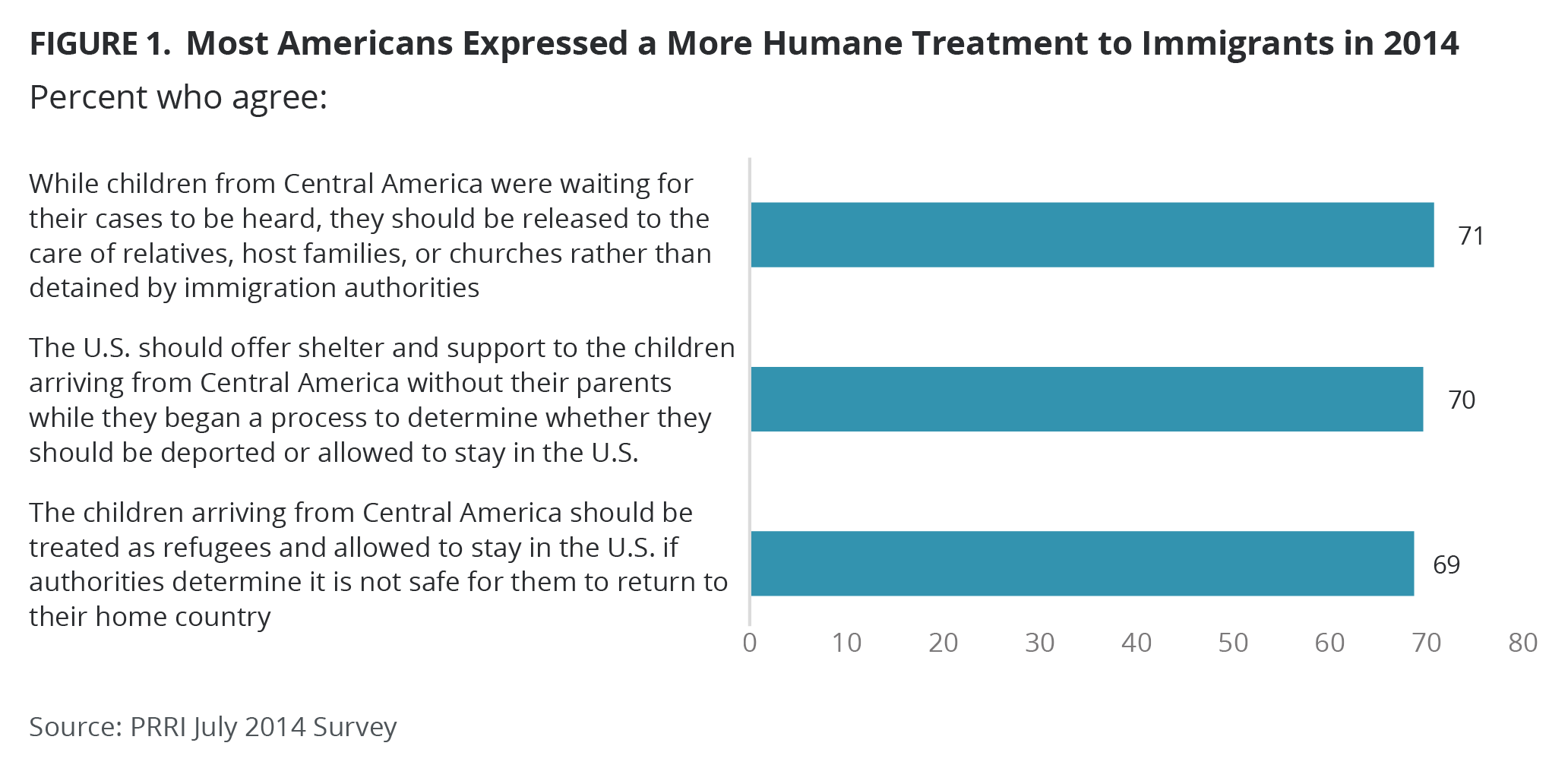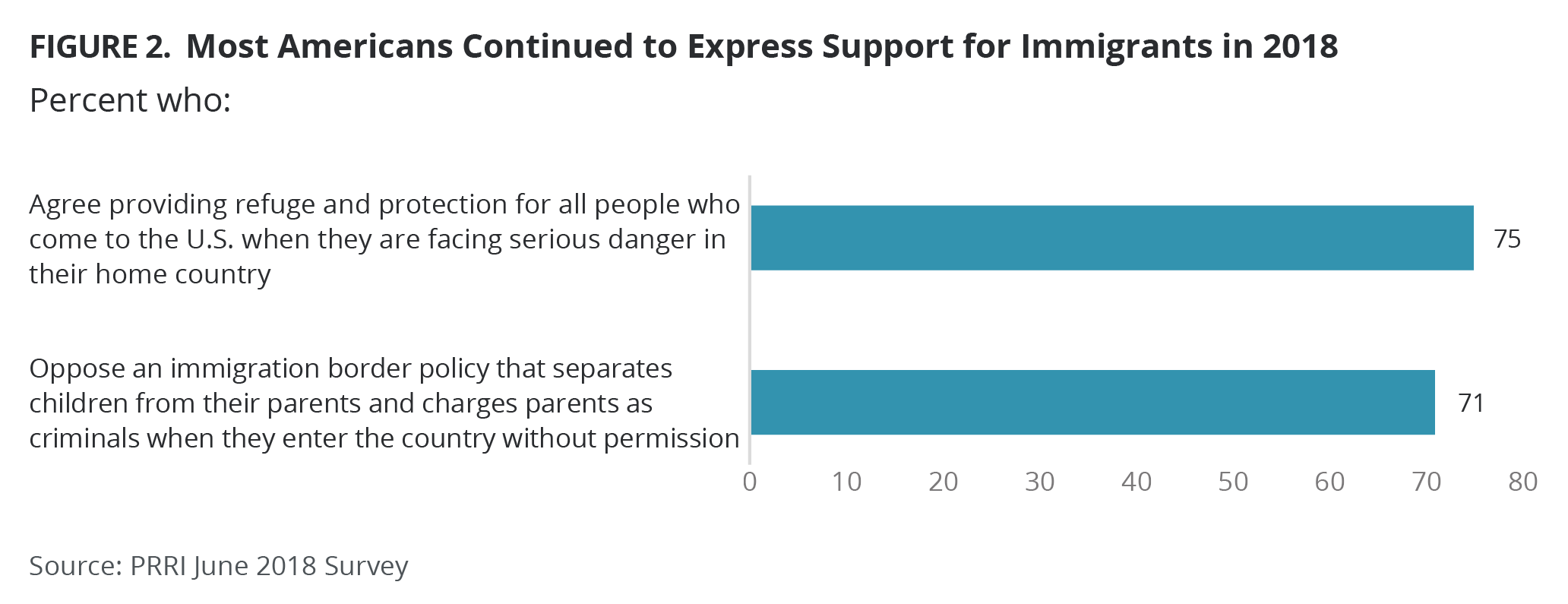On April 13, 2022, at the direction of Gov. Greg Abbott, two dozen migrants were loaded on a bus in Texas and sent to Washington, D.C. Busing migrants out of southern border cities and leaving them in Democratic-led cities elsewhere in the country is a tactic that is being carried out as part of Abbott’s immigration-enforcement initiative Operation Lone Star.
Like various initiatives in the past (such as Operation Hold the Line in 1993, Operation Gatekeeper in 1994, and Operation Safeguard in 1995) the aim of Operation Lone Star is to halt unauthorized migration. However, rather than focusing only on deterring migrants from entering the United States, Abbott (like other Republican governors of border states) is seeking to give Democratic leaders in other cities a taste of the challenges brought at the southern US border by the arrival of thousands of migrants and asylum. The approach of the 2024 election prompts the question of whether Abbott and others will continue to use the busing strategy, and, more precisely, whether they will continue using immigrants as political hostages. It also raises the question of what voters think of this strategy.
Though the busing strategy might be new, it is just the latest episode in a long history of conflicts over migration in this country. Over the past decade, as the political environment has become increasingly polarized, debates and controversies over immigration have often occupied center stage. In this atmosphere, the discourse about immigration has often become incendiary and xenophobic, largely as a result of politicians seeking political gains and the mainstream media’s depiction of immigrants. For instance, in the summer of 2014, the arrival of thousands of people, including many unaccompanied minors, at the U.S.-Mexico border made headlines across the United States. U.S. Customs and Border Protection (CBP) reported the apprehension of 68,541 unaccompanied minors during that fiscal year — a number that had been steadily rising since 2011. About 75% of those children came from El Salvador, Guatemala, and Honduras. Further, family unit apprehensions along the southwest border also skyrocketed around the same time, from 14,855 in FY2013 to 68,445 in FY2014.
The specter of thousands of unaccompanied minors and families arriving at the border spread quickly, both nationally and internationally. The media portrayed the border as out of control and overrun by immigrants, sparking a mixture of public outrage and concern. A study of the portrayal of unaccompanied immigrant minors found that anti-immigrant protesters spoke about these children using forms of racialization typically used against immigrant adults, framing them as threats to the economy, carriers of disease, criminals, terrorists, and invaders.
At the same time, political pressure was rising as midterm elections were approaching and President Obama was trying to implement two executive orders (DAPA and DACA) to regularize the status of millions of undocumented immigrants in the country. In response to this pressure, on June 2, 2014, Obama declared the migration surge “an urgent humanitarian situation,” and announced the implementation of “fast-tracked” hearings to “speed up the resolution of children’s cases with the intention of sending a strong message that those who did not qualify for relief would not be permitted to stay in the U.S. for any prolonged period.”
While the number of unaccompanied minors arriving at the border began to decline by July, these events had a profound impact on the politics of immigration. Not only did Obama’s executive order DAPA get blocked but his request for $3.7 billion in funds to address the migration crisis was also denied by Congress. A PRRI poll released in July 2014 showed that 70% of respondents agreed that the U.S. should offer shelter and support to children arriving from Central America without their parents while determining whether they should be allowed to stay in the country. Furthermore, the same survey found that 69% agreed that children arriving from Central America should be treated as refugees and allowed to stay in the United States if authorities determined it was not safe for them to return to their home country. Also, 71% agreed that children from Central America should be released to the care of relatives, host families, or churches while waiting for their cases to be heard, rather than being detained by immigration authorities.

Just four years later, in the spring of 2018, migration was again at the center of a political controversy. This time, however, foundational principles of the United States, such as being a nation of immigrants and a global protector of human rights, were widely brought into question. The Department of Homeland Security reported a 203% increase in illegal border crossings between March 2017 and March 2018. In November 2018 alone, a record 25,172 “family unit members” were apprehended crossing the U.S. southwest border. In response to this increase, on April 6, 2018 U.S. Attorney General Jeff Sessions announced a “zero-tolerance” policy aimed at affirming the criminalization of illegal entry into the United States. As a result of this policy, family separation came to be used as an immigration-deterrence strategy, and thousands of children were torn away from their parents.
The inhumane spectacle of children being forcibly separated from their families at the border quickly circulated worldwide. The United Nations was one of the first international organizations to condemn the policy, releasing a statement that declared, “Migrant children need to be treated first and foremost as children. While family unity needs to be preserved at all costs, it cannot be done at the expense of detaining entire families with children. Family-based alternatives to deprivation of liberty must be adopted urgently.”
Despite the xenophobic and anti-immigrant rhetoric of the Trump administration, a PRRI survey conducted in June 2018 showed that 71% of Americans opposed having an immigration policy that separates children from their parents and charges parents as criminals when they enter the country without permission. Moreover, 75% of those surveyed agreed that the United States should provide refuge and protection for all people who come here because they are facing serious danger in their home country. 
It is in the context of this history that the practice of busing immigrants to other states arose. In the 2022 midterm election, Republican Governors Greg Abbot of Texas and Ron DeSantis of Florida, who both utilized busing as a strategy, were reelected. However, a recent public opinion poll shows that just one-third of Americans support busing, and only about half of Republicans support it. Recently, Philadelphia joined New York City, Chicago, and Washington on the list of Democratic-led cities where Abbot promised to bus migrants.